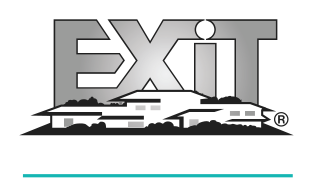Many prospective homeowners find themselves at a crossroads when it comes to determining the affordability of their dream home. The question of whether the quoted price aligns with their financial capabilities looms large. For those considering a mortgage, the decision is not solely theirs to make; lenders and government regulations come into play, shaping the landscape of affordability.
Understanding the Affordability Trio: Income, Debt, and Cash
To unravel the mystery of home affordability, potential buyers must navigate three key rules: the income rule, the debt rule, and the cash rule.
1. The Income Rule: Balancing the Budget – The income rule sets the maximum monthly housing expense (MHE) as a percentage of the borrower’s income. It’s a delicate dance between income and housing costs, ensuring a sustainable financial balance. For example, if the MHE cannot exceed 28% of a $4,000 income, the resulting affordability estimate leads to a maximum sale price.
2. The Debt Rule: Juggling Existing Commitments – The debt rule factors in existing debt, combining it with housing expenses to determine the total housing expense (THE) as a percentage of income. This rule highlights the importance of managing debt to maximize home affordability.
3. The Required Cash Rule: Navigating Down Payments – The required cash rule emphasizes the need for sufficient funds to cover down payments and closing costs. It plays a crucial role in setting the limit on the maximum sale price, showcasing the impact of available cash on home affordability.
Affordability in Action: A Case Study
Consider John Smith, whose affordability is calculated using these three rules. The income rule might dictate a certain sale price, while the debt rule or required cash rule could set different limits. The final affordability figure is the lowest among these three, providing a realistic estimate for Smith’s home purchase.
Unveiling Constraints on Affordability
Understanding whether a borrower is income constrained, debt constrained, or cash constrained is key. Each constraint opens avenues to enhance affordability:
– Income Constrained: Increase MHE ratio or explore additional income sources.
– Debt Constrained: Repay existing debt to elevate affordability.
– Cash Constrained: Explore options like reducing down payment requirements or seeking external sources of down payment.
Leveraging Technology for Affordability Assessment
Online calculators simplify the complexity of affordability. They offer two approaches: one starting with known finances, calculating under each rule, and the other beginning with an assumed house price, validating affordability based on specific criteria.
Conclusion: Empowering Your Homeownership Journey
Decoding the affordability puzzle involves a meticulous examination of income, debt, and cash. By understanding the interplay of these factors and leveraging online tools, prospective homeowners can embark on their journey with confidence, ensuring that the dream home aligns harmoniously with their financial reality. Remember, it’s not just about finding a house; it’s about building a secure and sustainable financial future.


